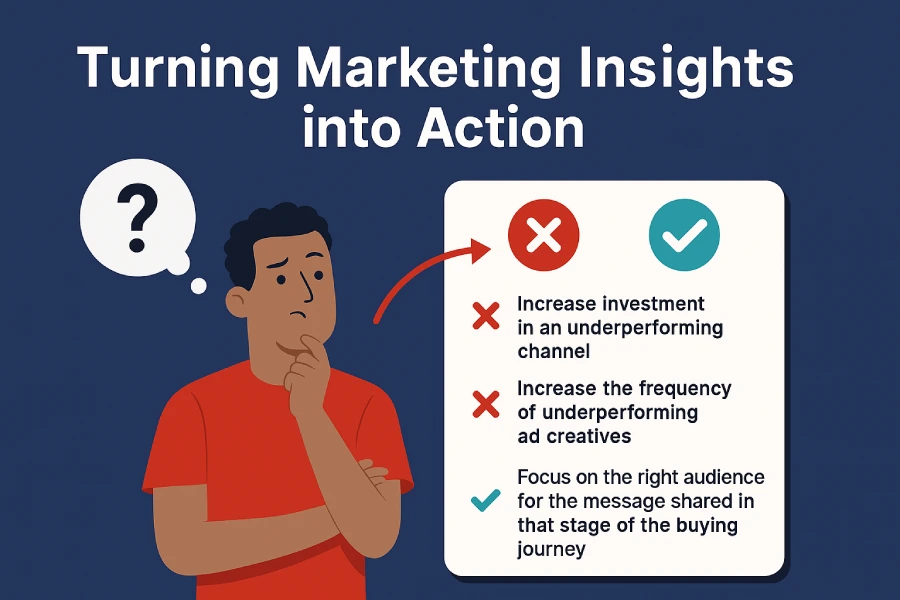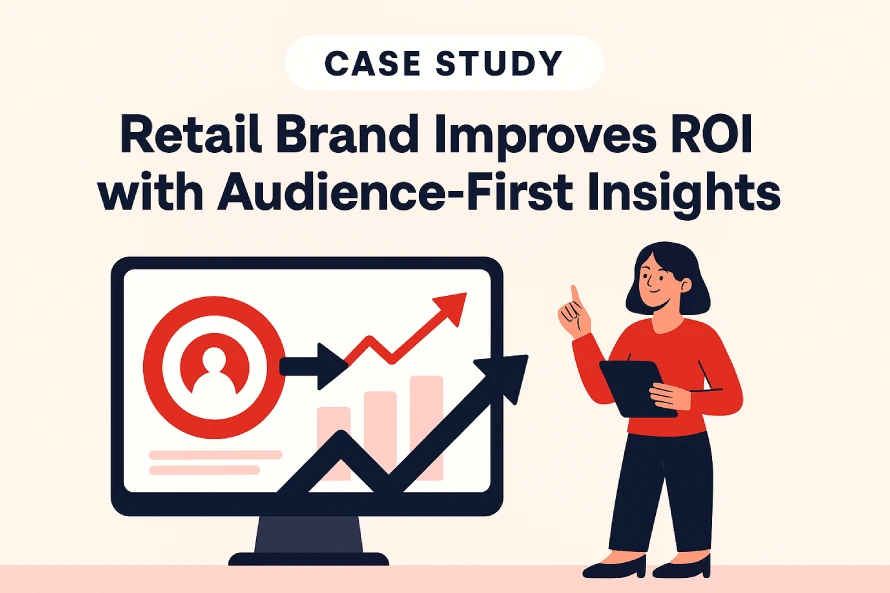The correct answer is “Focus on the right audience for the message shared in that stage of the buying journey.”
Why is that right, and why are the other choices not right?
In our Miteart blog, I will give you a clear guide on how to choose the right answer easily. So, no delay—let’s start.

Table of Contents
The Question
What’s the practice you’d want to use for turning marketing insights into action?
- Increase investment in an underperforming channel.
- Increase the frequency of underperforming ad creatives.
- Shift budgets from well-performing channels to underperforming channels.
- Focus on the right audience for the message shared in that stage of the buying journey.
Correct Answer
✅ Focus on the right audience for the message shared in that stage of the buying journey.
Details in voice:
Why This Is Correct
The core of marketing insights is not just data collection but using the insight to refine targeting. If you know where your audience is in the buying journey—awareness, consideration, or decision—you can match the right message to their intent.
For example:
- Early stage → Informative, awareness-based content.
- Mid stage → Comparison, proof, and educational messaging.
- Decision stage → Offers, urgency, and clear CTAs.
By aligning your actions with insights about the audience stage, you maximize ROI, ensure the message resonates, and avoid wasting resources on irrelevant audiences.
Why The Other Options Are Wrong
- Increase investment in an underperforming channel
- Wasting money. If a channel is underperforming, pumping more money into it without fixing the root problem will only accelerate losses.
- Increase the frequency of underperforming ad creatives
- Counterproductive. Showing the same ad more often when it already fails to connect can lead to ad fatigue and negative brand sentiment.
- Shift budgets from well-performing channels to underperforming channels
- Risky. This undermines strong ROI channels and puts money into weak ones. It’s the opposite of optimizing campaigns.
Comparison Table
| Option | Smart or Risky? | Why |
|---|---|---|
| Increase investment in underperforming channel | ❌ Risky | Could waste money without fixing the root problem |
| Increase frequency of underperforming ad creatives | ❌ Risky | Poor creatives don’t perform better just by repetition |
| Shift budgets to underperforming channels | ❌ Risky | Weakens high-performing areas, risky allocation |
| Focus on the right audience for the buying journey | ✅ Smart | Aligns message with intent, improves efficiency |
Real-Life Example

Imagine an e-commerce brand selling fitness equipment.
- Wrong approach: Pumping more budget into display ads (underperforming) or repeating the same video ad that people already skip.
- Right approach: Using insights to see that audiences who read blog posts about “beginner workout routines” are in the awareness stage. Instead of pushing “Buy Now” ads, you share free guides, workout tips, and email sign-ups. Once they move to the consideration stage, you retarget with product comparisons and reviews. Finally, at the decision stage, you deliver discount codes and urgency offers.
This way, insights directly guide what action to take next.
Relevant Resource Links
- Google Think with Google – Turning Insights Into Action
- Google Ads Help: Audience targeting best practices
- HubSpot – Marketing Analytics & Insights Best Practices
- Harvard Business Review – Customer Journey Mapping
Conclusion
The smartest way to turn marketing insights into action is to focus on the right audience for the right stage of the buying journey. This approach ensures that your campaigns are efficient, targeted, and customer-centric, while the other options risk wasting budget or damaging performance.
FAQs
Should I ever invest more in an underperforming channel?
Only after testing and optimizing. If early signals suggest potential (e.g., high engagement but low conversions), small investments can be tested.
How do I know which audience stage to focus on?
Use analytics: funnel reports, behavior flows, and attribution data will show where drop-offs occur.
Can creative frequency ever help?
Yes, but only if the creative has proven effective. Then frequency ensures reach without fatigue.
